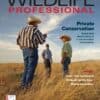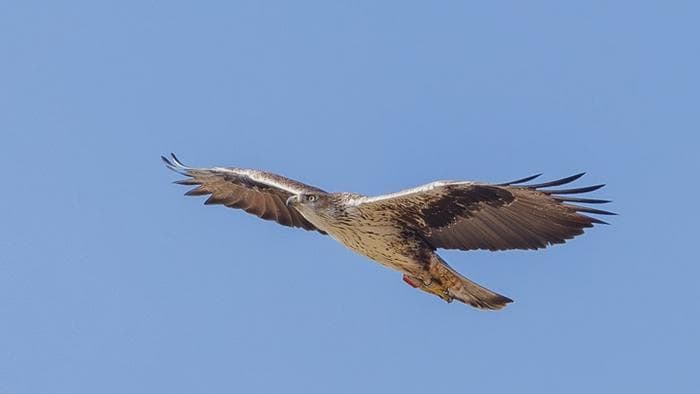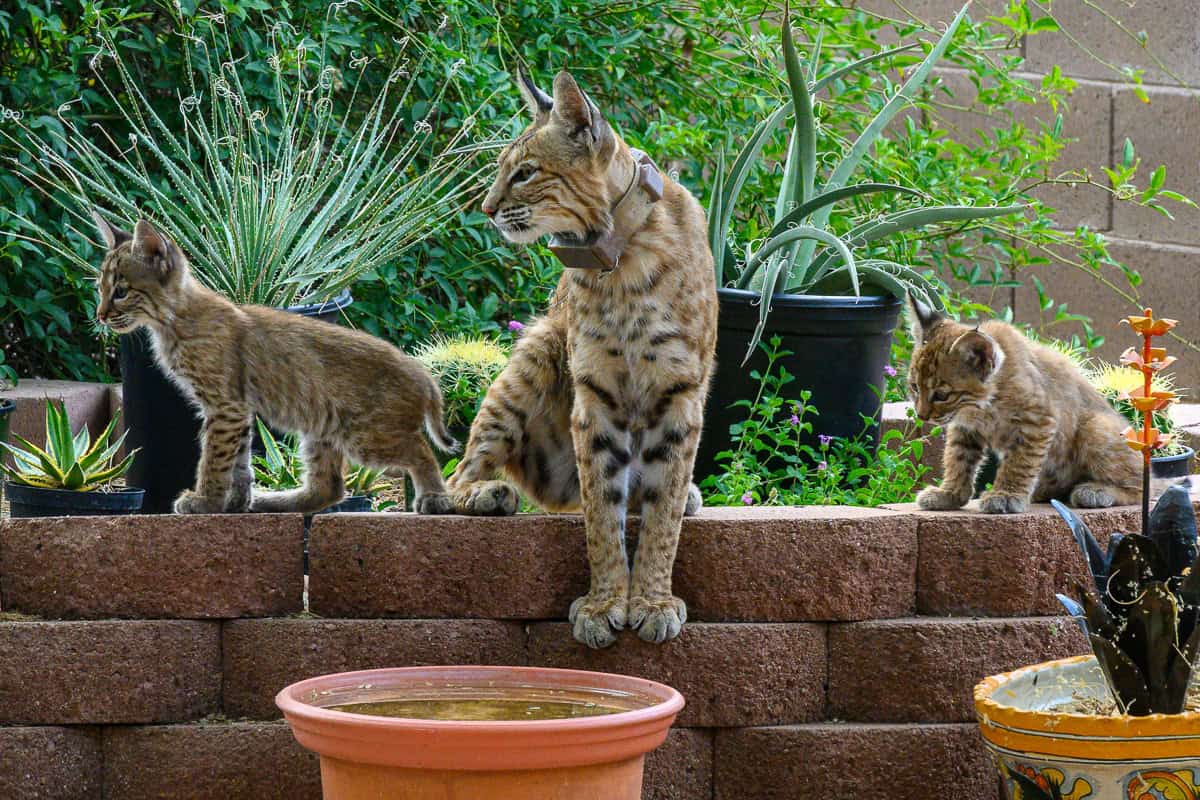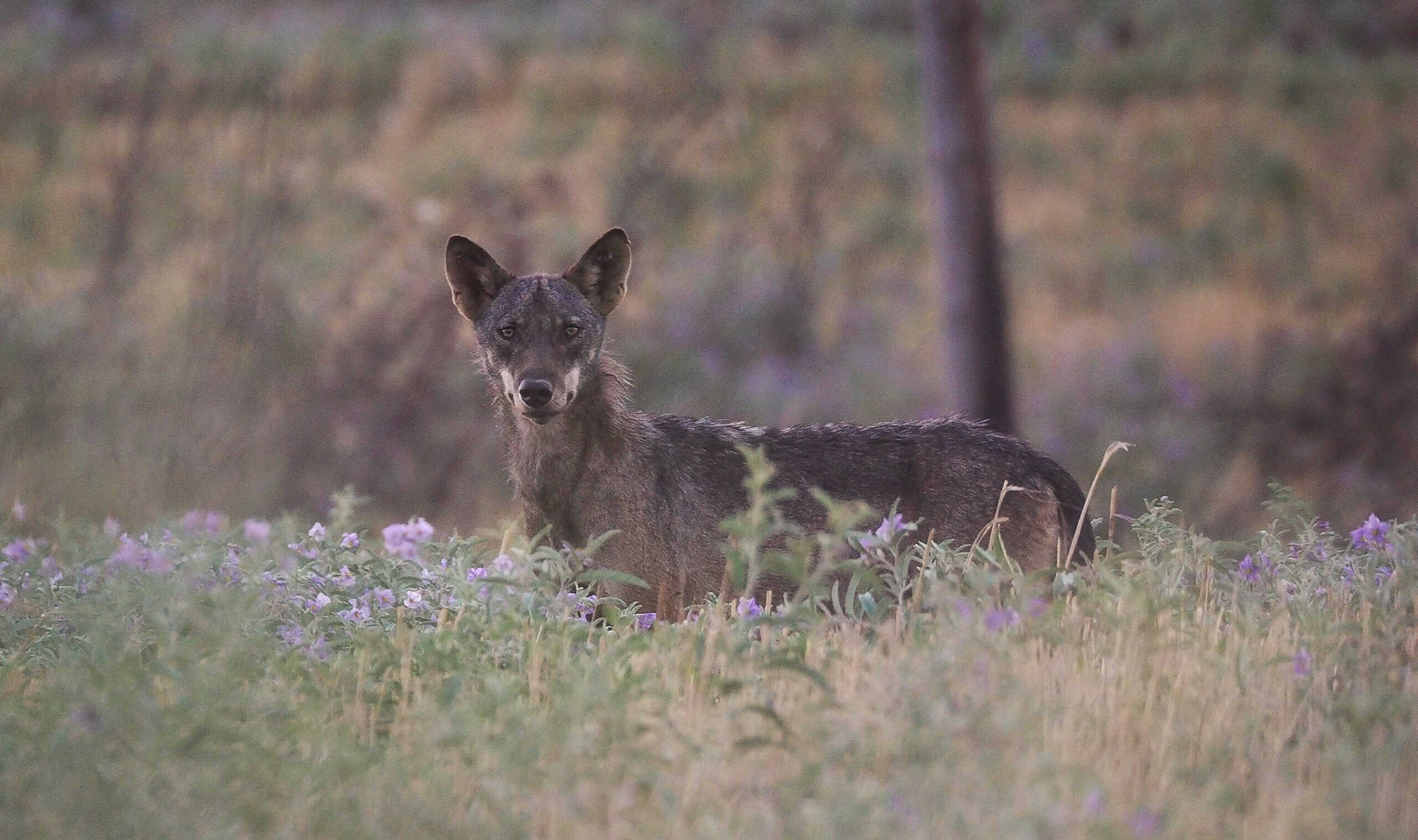Share this article
When building crossing structures, consider climate change
Researchers found four areas where crossing structures would benefit elk now and in the future
Federal and state governments spend millions of dollars building wildlife crossing structures in the U.S. to benefit species and mitigate vehicle collisions. But as climate changes, those structures may become less effective in capturing movement routes.
One team of researchers wondered if there was a way to include future climate projections when considering the placement of underpasses and overpasses.
“The connectivity value that wildlife crossing structures provide, in a contemporary sense, is very much related to climate adaptation,” said TWS member Justin Suraci, a senior scientist and director of wildlife conservation science at the nonprofit Conservation Science Partners. “But these crossing structures aren’t necessarily being designed or sited with those potential climate benefits in mind.”
Suraci is a co-first author of a study published in Frontiers in Ecology and the Environment examining the value of crossing structures for supporting wildlife climate adaptation and using elk crossing in Colorado as a case study for integrating climate change into crossing structure planning and development.
Traditionally, managers determine where vehicle collisions are occurring and also use collar data to determine where to build crossing structures. But climate change can change migration behavior and alter the landscape. “Given that these things are massive economic investments and have lifespans of 50 to 70 years, our argument is that you should plan for where wildlife movements are likely to shift in the future.”
Suraci and his colleagues applied this idea to elk (Cervus canadensis) crossings on Colorado highways. The state of Colorado already performs studies on elk crossings on highways and their migratory routes. The researchers wanted to see how these current hot spots overlapped with predictions of future hot spots.
The researchers used elk GPS collar data and habitat selection and movement models to determine where future summer and winter ranges would be based on climate and land use projections.
They then overlapped the current areas where crossing structures would reduce elk-vehicle collisions with areas that would support elk migratory movements in the future, to determine which spots managers should prioritize. They found four spots that would be beneficial in both instances. Building crossing structures in these areas would benefit wildlife today as well as into the future, Suraci said.
The team is now working with the Nevada Department of Transportation and the Nevada Department of Wildlife on a similar project for that state. The partners have added climate consideration into the already existing criteria to consider when choosing where to place crossing structures.
Suraci hopes managers implement this and future research into transportation planning. “Just by being on the landscape and facilitating movement and connectivity today, crossing structures are already serving climate adaptation purposes or will be serving those purposes, like connecting the landscape, ensuring gene flow, promoting evolutionary adaptation, maintaining species interaction and ecological functions,” Suraci said. “Our additional contribution is to make the point that you can enhance the climate adaptation value of crossing structures by explicitly considering climate change when you’re siting these things.”
Header Image: A team of researchers looked at how to use future climate change scenarios in planning for wildlife crossings. Credit: Caitlin Littlefield








